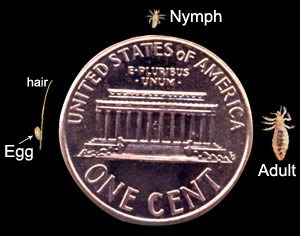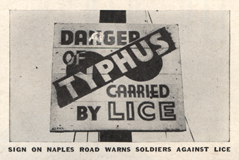
Facts
***Lice have had huge impacts throughout history, especially
during major wars before World War II. It was not bullets or
swords that were the big killers during war, but louse-born
epidemic typhus that controlled the course of these major wars
(Marshall 2006).
***Typhus was not the only disease that was a concern during time of
war. Trench fever was another disease, and soldiers would contract
this disease by scratching the feces of louse into their skin.
Trench fever was a great epidemic to soldiers because they were
placed in dirty and crowded conditions of trench warfare
(Marshall 2006).
***Pediculus humanus is not a recent infestation, but has been dated back to prehistory. Fossils of louse eggs or nits approximately 10,000 years old have been discovered.
***Louse infestations are a major worldwide problem. In the United
States, the rate prevalence has been increasing over the past 30
years
(Medscape Reference 2012).

***Female lice lay three to six eggs or nits per day (Medscape Reference 2012). These nits are less than 1mm long! By comparing the different phases of lice to a penny illustrates how small these insects really are.
